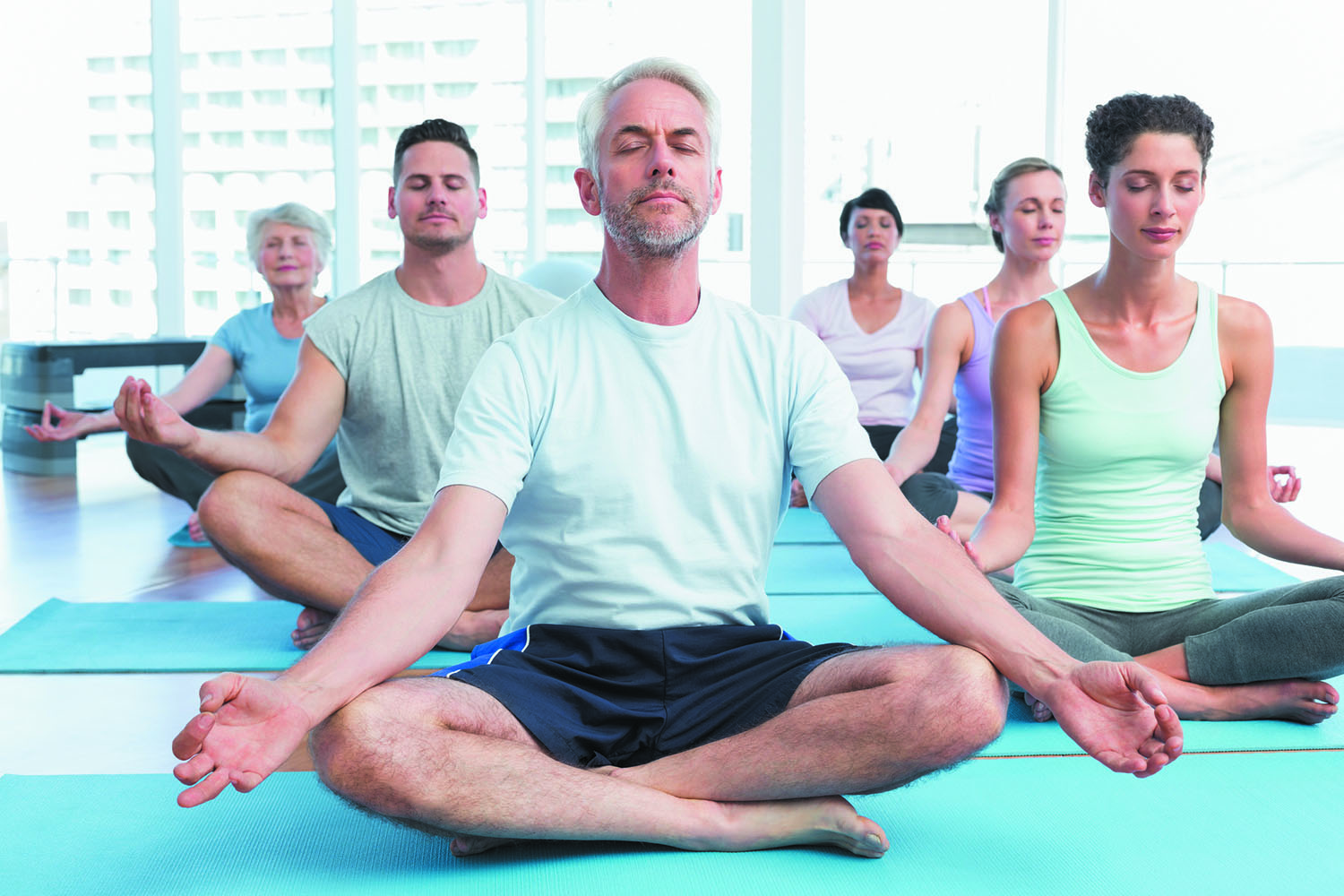Boston: Yoga or physical therapy (PT) may be effective in treating joint occurrences of sleep disturbance and back pain, according to a study which suggests the two exercises can reduce the need for medication.
The study, published in the Journal of General Internal Medicine, said sleep quality improved significantly for 52 weeks after 12 weeks of yoga classes or one-on-one PT with a therapist.
The researchers, including those from Boston Medical Center in the US, said there are long-term benefits from these non-pharmacologic approaches.
They said sleep disturbance and insomnia are common among people with chronic low back pain (cLBP), with previous research showing that nearly 60 per cent of people with cLBP experienced poor sleep quality and 53 per cent diagnosed with insomnia.
According to the researchers, the medication for both sleep and back pain may have serious side effects, with increased risk of drug-related overdose and death.
“Identifying holistic ways to treat these conditions could help decrease the reliance on these medications as well as keep patients safer and more comfortable,” said study co-author Eric Roseen from the Boston Medical Center.
The researchers conducted a randomised trial with 320 adult participants who had cLBP from the Boston Medical Center and seven surrounding community health centers.
More than 90 per cent of the participants with cLBP were found to suffer from poor sleep at the beginning of the study, the study noted.
The researchers assigned each participant with one of three different therapies for cLBP — physical therapy, weekly yoga, or reading educational materials.
An earlier study at the Boston Medical Center revealed that yoga and PT were similarly effective for lowering pain and improving physical function, reducing the need for pain medication.
In the current research, the scientists compared the sleep improvements over a 12-week intervention period, and after a year of follow-up.
“The high prevalence of sleep problems in adults with chronic low back pain can have detrimental effects on a person’s overall health and well-being,” said Roseen.
The researchers said that participants with early improvements in pain after six weeks of treatment were three and a half times more likely to have improvements in sleep after the full, 12-week treatment, suggesting that pain and sleep were closely related.
“This really emphasizes the need for providers to ask patients with chronic low back pain about the quality of their sleep. Given the serious risks of combining pain and sleep medications, nonpharmacologic approaches should be considered for these patients,” Roseen said. (AGENCIES)
Trending Now
E-Paper


